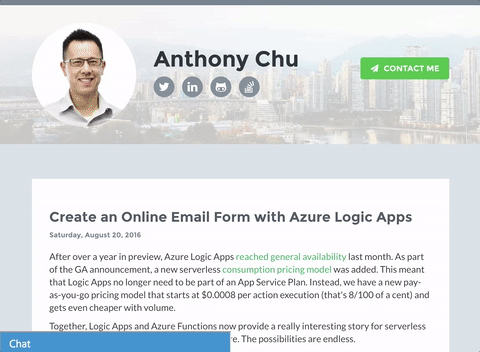Azure SQL DB - A Database for Microservices
Sunday, October 2, 2016
One of the key principles of microservices is that each microservice encapsulates its own isolated data store. In reality, it can be costly to provision a separate, geo-redundant database for every microservice using a database-as-a-service offerings such as Amazon RDS. We can also do it ourselves using virtual machine or containers, but it's difficult to create something highly available.
This is where, I think, Azure SQL Database is very interesting. A single SQL Azure database starts at $5 a month, and provides a whole slew of features including active geo-replication.
In this article, I'll go over some features of SQL Azure DB and take a look at how it's the ideal relational database for microservices.
One of the key principles of microservices is that each microservice encapsulates its own isolated data store. In reality, it can be costly to provision a separate, geo-redundant database for every microservice using a database-as-a-service offerings such as Amazon RDS. We can also do it ourselves using virtual machine or containers, but it's difficult to create something highly available.
This is where, I think, Azure SQL Database is very interesting. A single SQL Azure database starts at $5 a month, and provides a whole slew of features including active geo-replication.
In this article, I'll go over some features of SQL Azure DB and take a look at how it's the ideal relational database for microservices.

